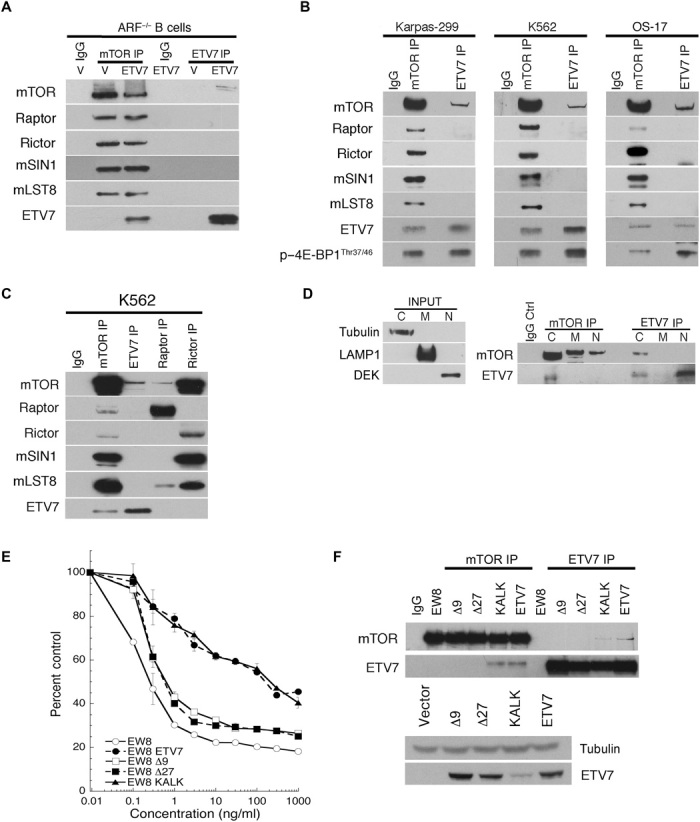Fig. 2. ETV7 expression induces mTORC3 assembly.

(A) IPs [mTOR IP or ETV7 IP, nonrelevant immunoglobulin G (IgG) IP] of Arf−/− pre-B cells expressing vector (V) or ETV7 (ETV7), immunoblotted for mTOR, Raptor, Rictor, mSIN1, mLST8, and ETV7. (B) IPs of lysates of Karpas-299 cells, K562 cells, or OS-17 cells immunoblotted for mTOR, Raptor, Rictor, mSIN1, mLST8, ETV7, and p–4E-BP1Thr37/46. (C) IgG IP (IgG), mTOR IP, ETV7 IP, Raptor IP, or Rictor IP of K562 cell lysate immunoblotted for mTOR, ETV7, Raptor, Rictor, mSIN1, and mLST8. (D) Left: Immunoblot of fractions probed for tubulin (cytoplasm), LAMP1 (membrane), and DEK (nucleus). Right: IPs (mTOR IP and ETV7 IP) of cytoplasmic (C), membrane (M), and nuclear (N) fractions of Karpas-299 cells immunoblotted for mTOR and ETV7. (E) EW8 cells or EW8 cells transduced with lentiviral vectors encoding ETV7-Δ9, ETV7-Δ27, ETV7-KALK, or ETV7 were treated for three cell doublings (>72 hours) with an increasing concentration of rapamycin (0.1, 0.3, 1.3, 10, 30, 100, 300, and 1000 ng/ml). Cell densities (percent control) were plotted as the percentage of cells treated with vehicle. Data are means ± SEM from three independent experiments. Thirty percent control or less means no proliferation. (F) Top: Lysates of cells in (G) were immunoprecipitated with ETV7 or mTOR antibodies, followed by immunoblotting for ETV7 or mTOR. Bottom: Western blot of lysates of the same cells showing ETV7 levels in EW8 cells expressing vector, ETV7-Δ9, ETV7-Δ27, ETV7-KALK, or ETV7.
